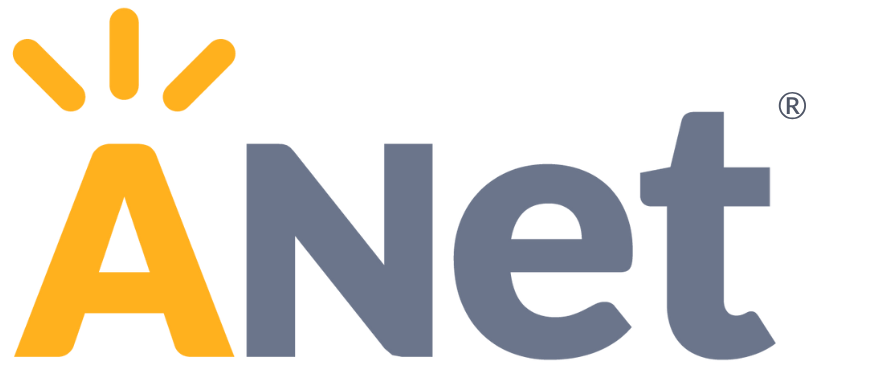By Chrissy Allison
The harsh reality was that most of the students in my class were several years below grade level, and I only had one school year to try to catch them up.

During my years as a teacher, I understood the grade-level math content I was supposed to teach, and I was determined to teach it. I also knew that students’ new learning had to build on their prior understanding.
But the harsh reality was that most of the students in my class were several years below grade level, and I only had one school year to try to catch them up. At the time, I felt like I had two choices — move forward with grade-level work despite students’ gaps or halt grade-level instruction to build prerequisite knowledge.
Neither of these options would provide equitable learning for my students.
In my current role as director of math professional learning at ANet, I’ve learned that I wasn’t alone in facing this dilemma. In fact, it’s one of the most widespread challenges we hear from our school partners.
What is unfinished learning?
Unfinished learning refers to any prerequisite knowledge or skills that students need for future work that they don’t have yet. Previously, I’ve used the term gap or weakness to mean the same thing, but I prefer unfinished learning because it emphasizes the need for action rather than student deficits.
Construction zone: Slow down!
Not all unfinished learning has the same effect on students’ ability to access grade-level content. In some cases, it will simply require more time or effort from students, similar to how road construction affects travel.

For example, a student who is not yet fluent with multiplication (5.NBT.B.5) may need more time or support when solving real-world and mathematical problems involving area, surface area, and volume (6.G.A), but should still be given an opportunity to engage with these types of grade-level problems.
This idea may be counterintuitive at first. Given the coherent nature of mathematics, I used to think that students couldn’t engage in grade-level work until they’d built all prerequisite skills. But now I see it differently — as an opportunity to help students “plug holes” or strengthen understanding while still moving forward.
The bridge is up!
On the other hand, there may be situations that require prerequisite knowledge for entry into a lesson or task. For example, a 7th grader needs to understand the concept of a ratio (6.RP.A.1) in order to analyze proportional relationships and use them to solve real-world and mathematical problems (7.RP.A). If students lack the former, a teacher may insert one or more lessons to address the gap before moving into grade-level content.
To build on our driving metaphor from earlier, we could use the example of an open drawbridge: cars can’t pass until it’s closed. In these cases, teachers will need to “close the bridge” before moving ahead with grade-level content so students can access new material in a meaningful way.

As I’ve explored examples of unfinished learning alongside teachers, I’ve been surprised to find that cases where lack of prerequisite knowledge actually prevents access to grade-level content are rare. Far more common are situations where students can both engage in grade-level content and fill gaps simultaneously.
Given this, and the pacing challenges that arise when teachers halt grade-level instruction to teach content from prior grades, I’d encourage teachers to ask, “Is the bridge truly up?” before deciding how to support students.
Not an option: Detouring around grade-level work
In either case, teachers have a responsibility to engage students in grade-level work. Failing to do so would perpetuate their gaps, which becomes an equity issue.
This is why I find the term unfinished learning powerful: it’s a call to us educators to find ways to meet students where they are and accelerate their path forward. Read more about the approach I developed with Astrid Fossum of Student Achievement Partners (SAP) over the past year to address students’ unfinished learning in the context of grade-level work.
And you can also check out Astrid’s guide to avoiding common pitfalls when supporting students with unfinished math learning.
Chrissy is the director of math professional learning at ANet. Previously, she taught middle school math and was an instructional coach in Chicago.
